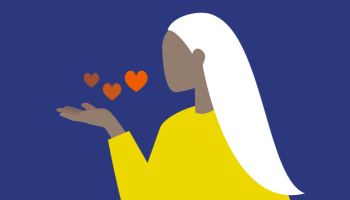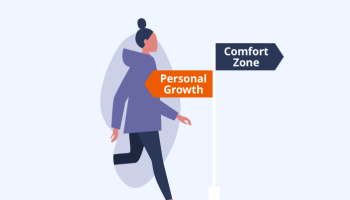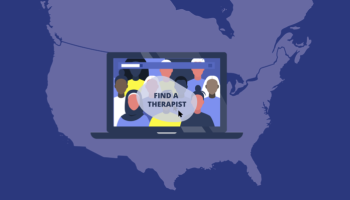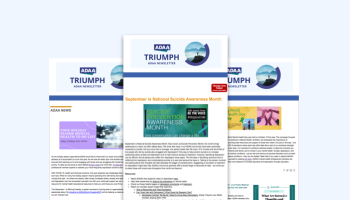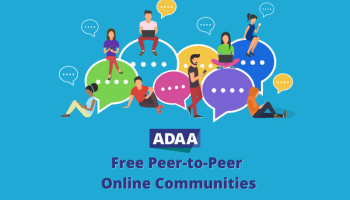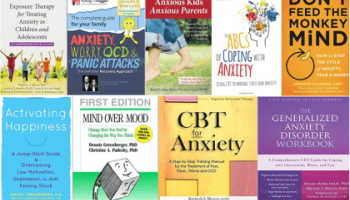It is not uncommon for children to be diagnosed with both depression and an anxiety disorder, or depression and general anxiety. About half of people diagnosed with depression are also diagnosed with an anxiety disorder.
Teens: Depression is not your fault or caused by something you did wrong.
Children with depression may display these symptoms:
- Depressed or irritable mood
- Difficulty sleeping or concentrating
- Change in grades, getting into trouble at school, or refusing to go to school
- Change in eating habits
- Feeling angry or irritable
- Mood swings
- Feeling worthless or restless
- Frequent sadness or crying
- Withdrawing from friends and activities
- Loss of energy
- Low self-esteem
- Thoughts of death or suicide
When symptoms last for a short period of time, it may be a passing case of “the blues.” But if they last for more than two weeks and interfere with regular daily activities and family and school life, your child may have a depressive disorder.
There are two types of depression: major depression and dysthymia. Major depression lasts at least two weeks and may occur more than once throughout your child’s life. Your child may experience major depression after a traumatic event such as the death of a relative or friend. Dysthymia is a less severe but chronic form of depression that lasts for at least two years. Learn more about depression.
Children whose parents have depression are at a greater risk of being depressed. While depression affects all ages and both genders, girls are more likely to develop depression during adolescence. Research shows that depression is also a risk factor for suicide. As many as 2 to 3 percent of children ages 6 to 12, and 6 to 8 percent of teens may have serious depression, and an estimated 2.8 million adolescents (ages 12 to 17) in the United States had at least one major depressive episode in 2014. Furthermore, about 80 percent of kids with an anxiety disorder and 60 percent with depression are not getting treatment.
Depression and anxiety disorders can often be treated the same way and at the same time. Like anxiety disorders, depression can be treated with cognitive-behavioral therapy and antidepressants. Learn more about treatment.
Resources
- Learn about disruptive mood dysregulation disorder (DMDD).
- Don’t Leave Childhood Depression Untreated (FDA)
- The Balanced Mind Foundation | family resources for our kids with mood disorders | has expanded website content and programming on adolescent depression.
